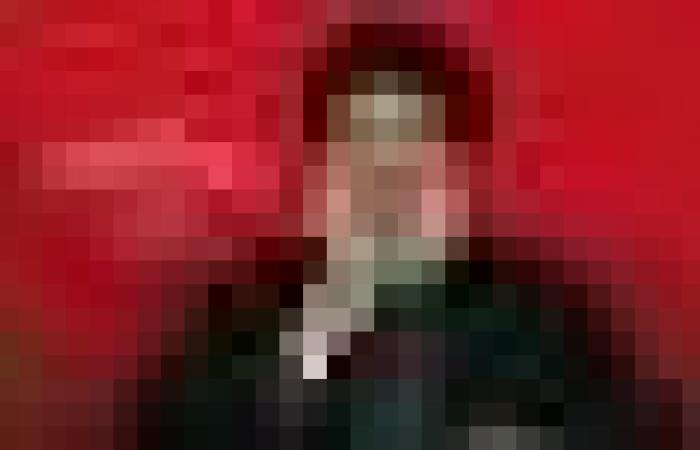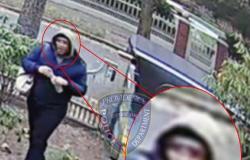Hello and welcome to the details of Who is Hassan Nasrallah, the architect of Hezbollah’s might in Lebanon? and now with the details
Nevin Al Sukari - Sana'a - Backed by Iran and hated by Israel, Hezbollah chief Hassan Nasrallah is Lebanon’s most powerful man. — AFP pic/HO/Al-Manar
BEIRUT, Sept 20 — Backed by Iran and hated by Israel, Hezbollah chief Hassan Nasrallah is Lebanon’s most powerful man.
He enjoys cult status among his Shiite supporters, is equipped with a formidable arsenal far bigger and more modern than the national army’s, and holds sway over the country’s institutions.
Nasrallah has rarely been seen in public since his Shiite movement fought a devastating 2006 war pitting his fighters against Israeli troops.
No one knows where he lives, and the vast majority of his speeches in the past two decades have been televised from a secret location.
The 64-year-old delivered his latest such speech on Thursday, after the communications devices of hundreds of Hezbollah’s operatives exploded in an unprecedented attack that the group blamed on Israel.
A gifted public speaker, Nasrallah is a master of cadence, swinging from humour to belittle his enemies to rage to fire up his 100,000-man militia.
The bearded, bespectacled cleric is never seen without traditional robes and the black turban that marks him out as a descendant of the prophet Mohammed.
He is married and has four surviving children. His eldest son Hadi was killed during a military operation against Israeli troops in south Lebanon in 1997.
He was elected secretary general of Hezbollah in 1992, aged just 32, after an Israeli helicopter gunship killed his predecessor Abbas al-Musawi.
Hezbollah is the only group that refused to give up its weapons after Lebanon’s 15-year civil war ended in 1990, and Nasrallah insists that Israel remains an existential threat.
Since Hezbollah’s Palestinian ally Hamas attacked Israel on October 7, Hezbollah has battled Israeli troops almost daily along the Lebanon-Israel border.
The unprecedented attacks that this week saw hundreds of Hezbollah members’ pagers and walkie-talkies explode across Lebanon on Tuesday and Wednesday have put Nasrallah under huge pressure to respond.
‘Divine victory’
Born in Beirut’s impoverished northern suburb of Burj Hammud on August 31, 1960, he was one of nine children of a poor grocer hailing from the tiny southern village of Bazuriyeh.
Nasrallah studied both politics and the Quran for three years at a seminary in the Iraqi Shiite holy city of Najaf, before being expelled in 1978 when the Sunni-dominated government turned on Shiite activists.
He then became heavily involved in Lebanese politics and gained much of his early experience in the Shiite Amal militia during the civil war.
But he broke away from Amal when Israeli troops marched on Beirut in 1982 to become one of the founders of Hezbollah.
He acquired his cult status in Lebanon and across the Arab world after Israel withdrew its troops from south Lebanon under relentless Hezbollah attack in May 2000, ending 22 years of occupation of the border strip.
Nasrallah’s years at the helm of Hezbollah, or Party of God, have seen the group expand from guerrilla faction into the country’s most powerful political force.
Hezbollah is admired by many Shiites in Lebanon for supporting local charities, building up health and education services in its strongholds and assisting the needy among its supporters.
Nasrallah’s personal popularity soared across the Arab world after a UN-brokered ceasefire ended the 2006 conflict with Israel, with supporters handing out posters bearing his photograph and declaring “divine victory.”
But in divided Lebanon, the movement is also widely hated, including by those who dream of a nation free from sectarianism and where the rule of law prevails.
His reputation in the Arab world took a major blow during the Arab Spring protests of 2011, when he sent fighters to neighbouring Syria to prop up President Bashar al-Assad’s regime. — AFP
These were the details of the news Who is Hassan Nasrallah, the architect of Hezbollah’s might in Lebanon? for this day. We hope that we have succeeded by giving you the full details and information. To follow all our news, you can subscribe to the alerts system or to one of our different systems to provide you with all that is new.
It is also worth noting that the original news has been published and is available at Malay Mail and the editorial team at AlKhaleej Today has confirmed it and it has been modified, and it may have been completely transferred or quoted from it and you can read and follow this news from its main source.





